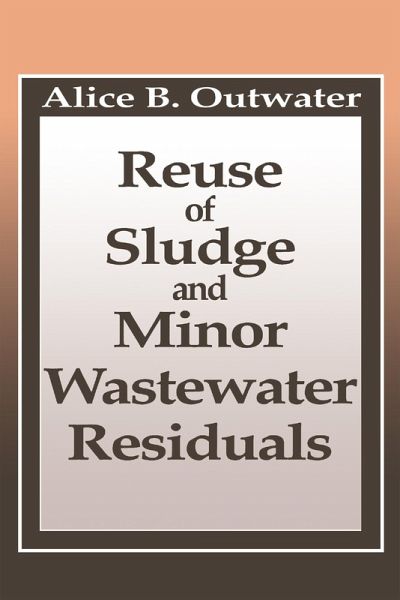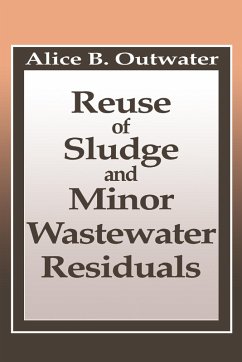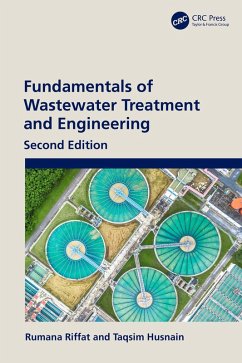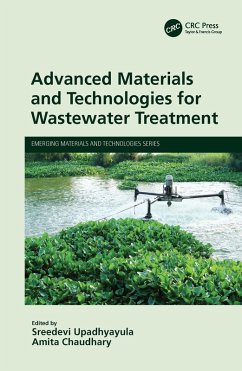
Reuse of Sludge and Minor Wastewater Residuals (eBook, PDF)
Versandkostenfrei!
Sofort per Download lieferbar
54,95 €
inkl. MwSt.
Weitere Ausgaben:

PAYBACK Punkte
27 °P sammeln!
Starting with sludge and scum characterization, this practical guide provides least cost methods of improving sludge quality, options for beneficial reuse, the costs of implementing those options, and case studies of sludge reuse programs around the country.
Dieser Download kann aus rechtlichen Gründen nur mit Rechnungsadresse in A, B, BG, CY, CZ, D, DK, EW, E, FIN, F, GR, HR, H, IRL, I, LT, L, LR, M, NL, PL, P, R, S, SLO, SK ausgeliefert werden.













